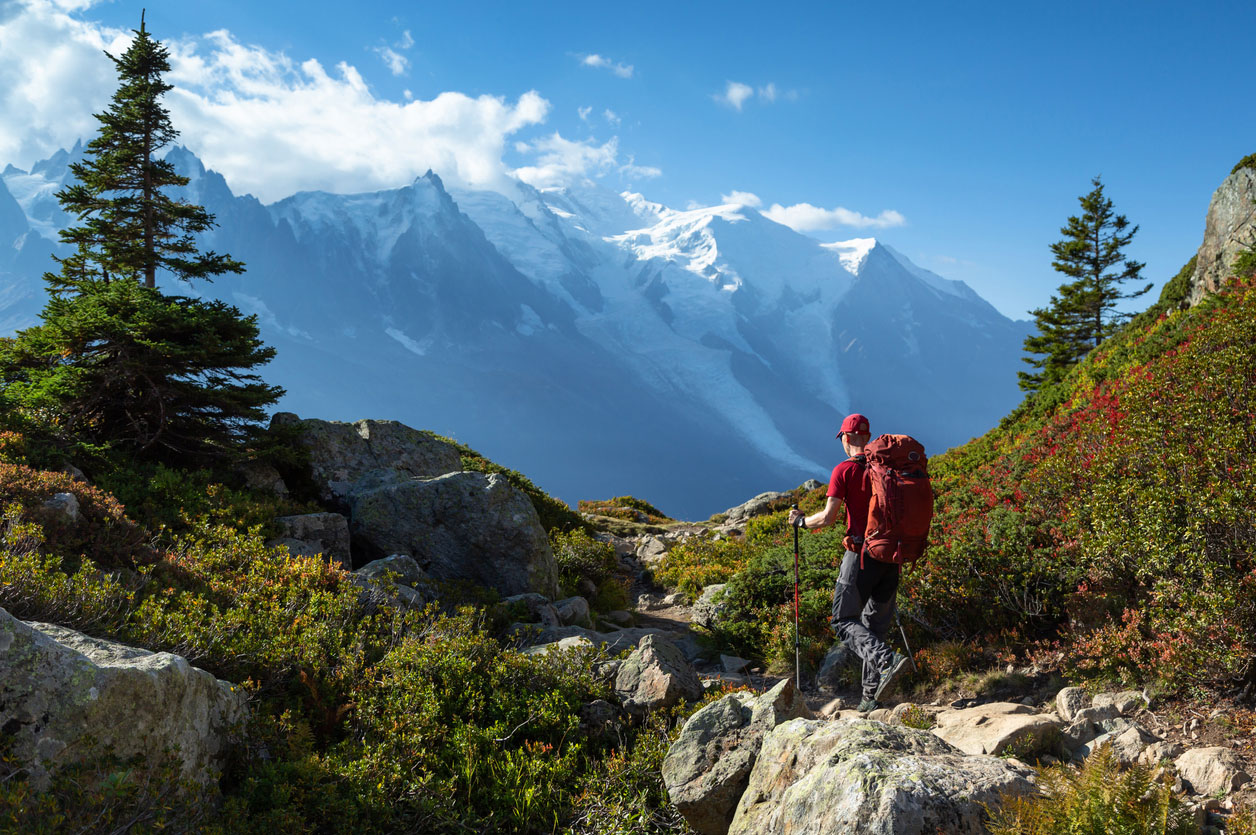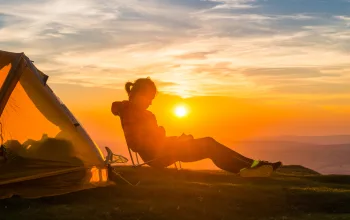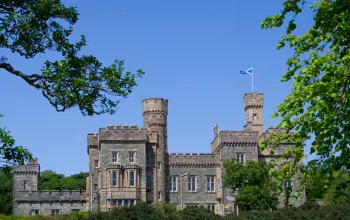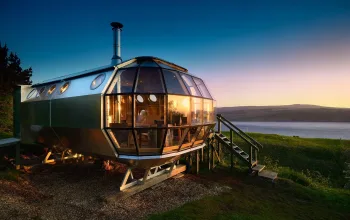France's geographical proximity to the UK means that many Brits feel an easy familiarity with the country. This sometimes means that its more wild and spectacular corners are overlooked. But France is home to some of the most dramatic landscapes in Europe, from the snow-covered peak of Mont Blanc, the continent's highest mountain, the depths of the Verdon Gorge, which plummets 700m beneath the surrounding countryside at points.
One of the best ways to explore these highlights is, of course, on foot, and France's hiking infrastructure is second to none. The Tour du Mont Blanc is among the best walking holidays in Europe, if not the world, and the best walks in France easily rival the best walking tours in Italy or Spain.
- Why Choose France for Your Walking Holiday?
- Where are the Best Walking Holidays in France?
- Walking Holidays in Savoie Mont Blanc
- Walking Holidays in Brittany
- Walking Holidays in the French Pyrenees
- Walking Holidays in Provence-Alpes-Côtes d'Azur
- Walking Holidays in Corsica
- Types of Walking Holidays in France
- Planning Your Walking Holiday in France
Why Choose France for Your Walking Holiday?
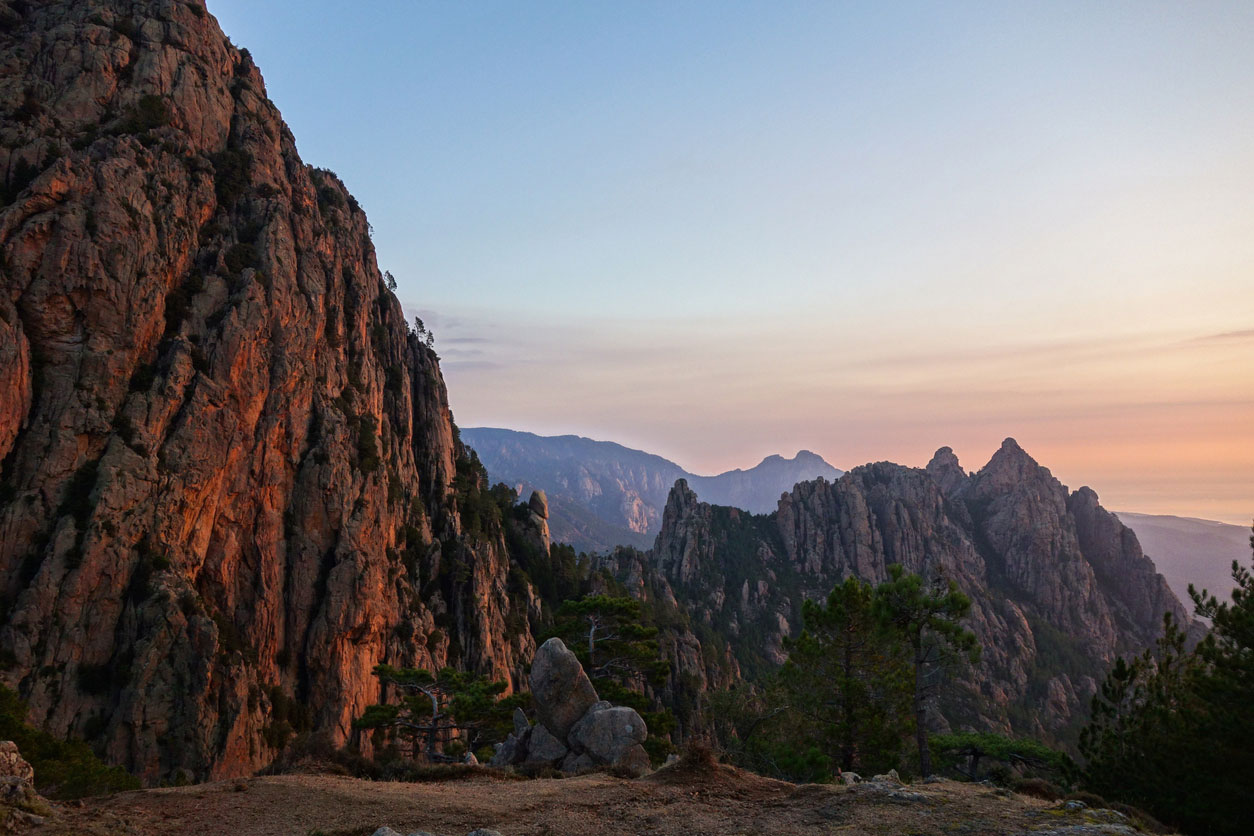
France is one of the most visited countries on the planet. And while there are tourists who stop at Paris, the French countryside is incredibly well set up to welcome travellers—especially those looking to embark on a walking holiday.
France's network of well-signposted Grandes Randonées, or "long-distance walking trails," are well-sign posted, and easy to follow. In total, they cover more than 80,000km, criss-crossing the entire country. There are countless shorter walking trails to choose from too, and myriad accommodation options to suit all budgets and tastes. Transport to your start and finish points is easy from the UK thanks to France's excellent high speed train network. Not only is it incredibly comfortable, it also provides a low carbon alternative to flying.
"France's network of Grandes Randonées, or 'long-distance walking trails,' cover more than 80,000km"
Walking holidays in France are as much about what happens off the trail as on it. France's incredibly rich history has bequeathed the country some incredible historic monuments, from the island Monastery at Mont Saint Michel, to Versailles, to the Papal Palace at Avignon. French cuisine is rightly famous worldwide, and the French have produced the world's most celebrated wines for hundreds of years.
Where are the Best Walking Holidays in France?
There are technically 18 regions of France, but the for the purposes of this article, we're not counting the Indian Ocean islands of Réunion and Mayotte, or the Caribbean provinces of Guadaloupe, Guiana or Martinique. (Walking holidays there are great, but they involve a different set of considerations, for obvious reasons!)
Instead, we're focussing on the 12 regions of mainland France, plus Corsica, which encompass 96 départements (the French equivalent of counties) in total. Here are five of our favourites.
Walking Holidays in Savoie Mont Blanc: High Alpine Passes with Spectacular Mountain Scenery

If you're thinking about French walking holidays, the Alps are a good place to start. Towering peaks and dramatic glaciers; moody forests and flower-filled meadows; ibex and golden eagles—what's not to like?
There are stunning long distance walks all over the region (the Écrins National Park, which straddles the border between Isère and Hautes Alpes, is a particular favourite) but if you want the greatest hits of the French Alps, it's hard to argue with the area known as Savoie Mont Blanc. Part of the wider Auvergne-Rhône-Alpes region. This includes Chamonix, Europe's mountaineering capital, as well as Europe's highest peak, Mont Blanc itself.
"Savoie includes Chamonix, Europe's mountaineering capital, as well as Europe's highest peak, Mont Blanc itself"
With more than 8,000km of clearly signed footpaths in the region, the possibilities are endless. But as a few thought starters:, we'd recommend either walking a section of the GR5 (a monster 620km trail that stretches from Lake Geneva to the Mediterranean coast), hiking one of the many classic walking tours in the Vanoise National Park, or tackling the Tour du Mont Blanc itself—a 215km walking loop that starts and finishes in Chamonix, but takes you through Switzerland and Italy over 12, stunning days.
Insider tips for walking holidays in Savoie Mont Blanc:
• The Savoie Mont Blanc region is dotted with refuges, or manned mountain huts, which are by far the best option for accommodation on the trail. You can expect a three course evening meal, plus breakfast, and a bed in a shared dorm, all for a reasonable price. Booking is mostly done by phone (many refuges don't have WiFi) and you'll have to book early on popular routes.
• Wild camping is barred in France, as a rule, unless you have the permission of the landowner. However, bivouacking (staying only one night in each place, leaving no trace) is sometimes allowed within the boundaries of National Parks. Check signs at the entrance for any specific limitations.
Check out the Savoie Mont Blanc regional website, and the Isère tourism website for me info on walking holidays in the Alps and the Tour du Mont Blanc.
Walking Holidays in Brittany: Wild Coasts and Celtic Culture
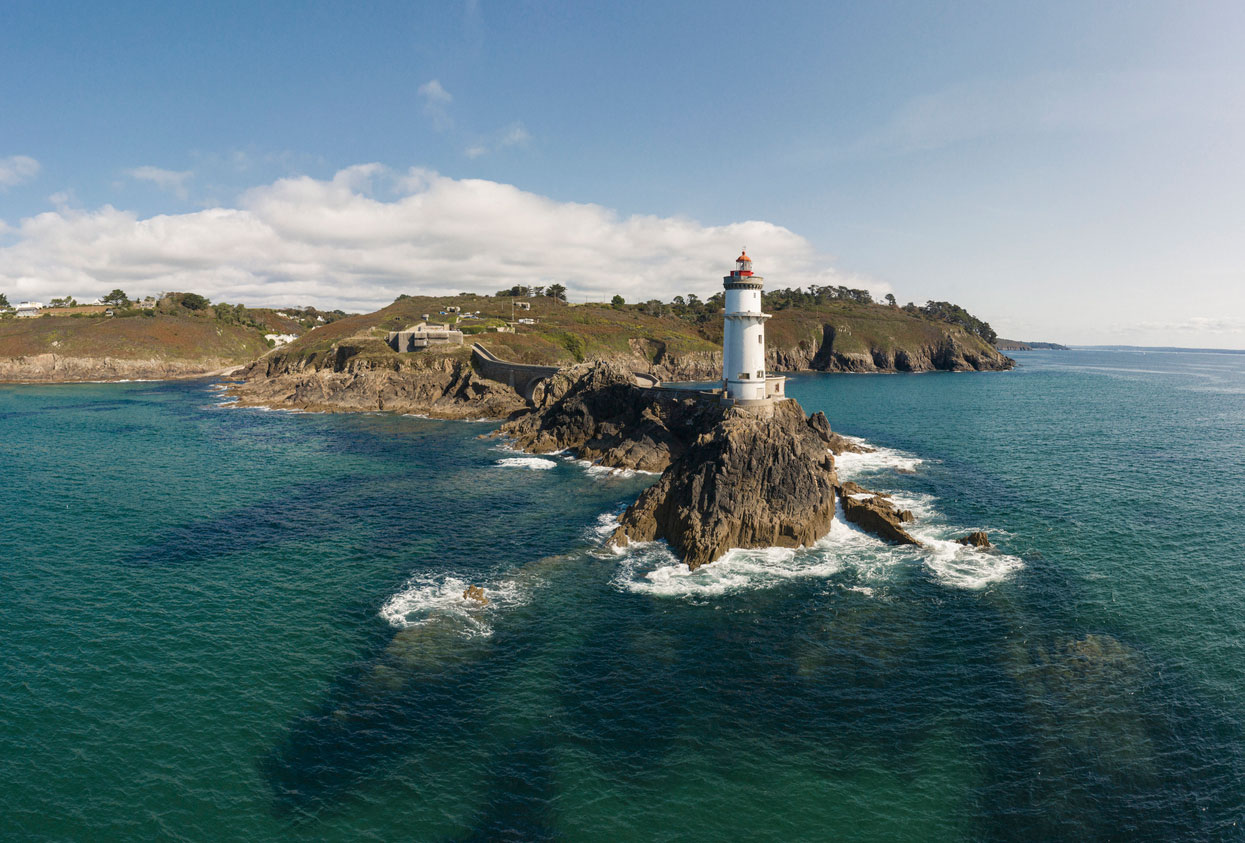
Sticking out into the Atlantic Ocean on France's northwest corner, Brittany accounts for more than a third of France's entire coastline: 2,800km. Winding its way around this prominent peninsula is one of France's finest walking routes, the GR34.
First mapped out over 200 years ago in 1791, this long distance trail is known as the Sentier des Douaniers—meaning the "Customs' Officers' Path"—because French customs officials used to walk its entire length in a bid to deter smugglers.
These days, its considered one of the country's classic walking tours. Brittany is also home to an ancient Celtic culture, with its own language, customs and culinary traditions, that sets it apart from the rest of France.
Insider tips for walking holidays in Brittany:
• Walking the whole GR34 would take up to 100 days, so it's probably best just to choose a section.
• The trails starts near Mont Saint Michel, the breathtaking medieval island monastery that's a UNESCO World Heritage Site. While it can become crowded, it's well worth a visit, even if you then drive on to another starting point to begin your hike.
The Brittany Tourism website is the best place for further info on France's wild northwestern peninsula.
Walking Holidays in the French Pyrenees: Ancient Pilgrimage Paths and Southern Flavours
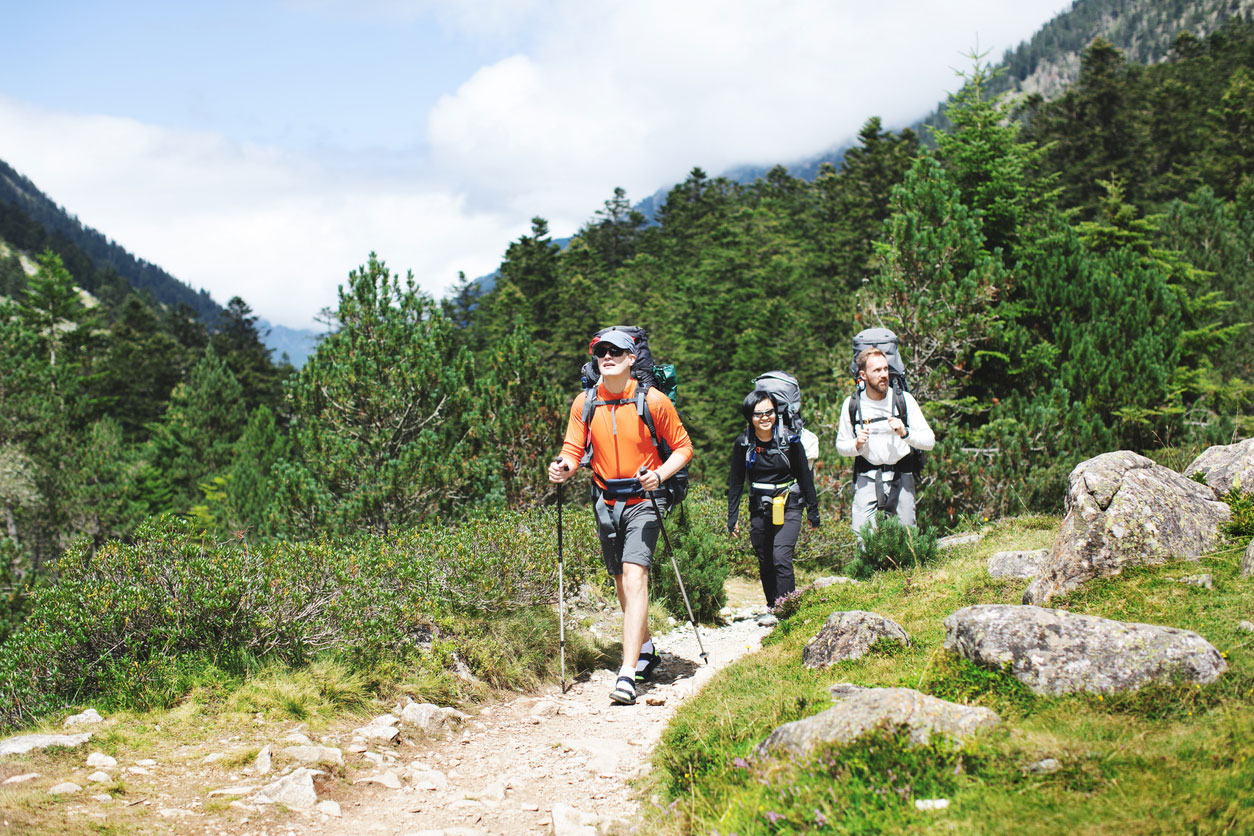
The French Alps might be the country's most famous mountain range, but the delights of the Pyrenees, which run along the country's south western frontier with Spain, are not to be underestimated. With multiple peaks above 3,000m, the mountainous landscape here is often just as stunning as the Alps, and the range is home to several unique and distinct cultures and cuisines—influenced by Spain, Andorra, and the ancient Occitan and Basque peoples, both of whom speak their own separate language.
Since 1858, when a vision of the Virgin Mary appeared to a local girl, Lourdes in the French Pyrenean foothills, has been a major site of Roman Catholic pilgrimage. Even if you're not religious, the infrastructure that's sprung up around this industry makes the area great for walking holidays.
Insider tips for walking holidays in the French Pyrenees:
• Try the ham. No, seriously. Jambon cru from the Pyrenees is widely recognised as some of the finest in France.
• The Pic du Midi observatory, located at the summit of the eponymous peak, is one of the coolest places to stay a night anywhere in France. The walking around the nearby Col du Grand Tourmalet (famous as a climb on the Tour de France) is spectacular.
France's national tourist board website offers excellent ideas for hiking holidays in the Pyrenees.
Walking Holidays in Provence-Alpes-Côtes d'Azur: Rolling Hills and the French Riviera
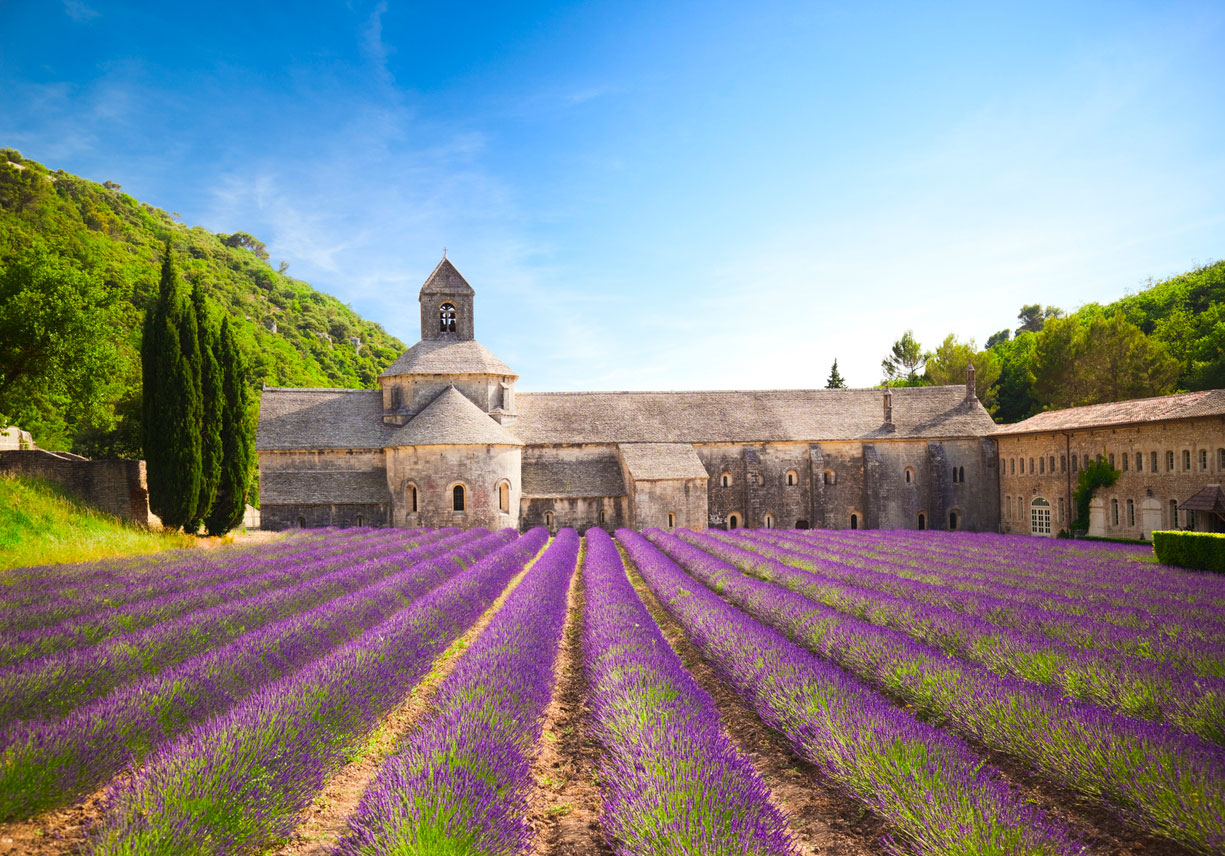
Thanks to a combination of Van Gogh's landscapes and Peter Mayle's prose, Provence is the sort of Platonic ideal of France for many British people. The good news is that the reality is not far short of this imagined idyll—there really are a lot of rolling hills, covered in wheat fields, lavender, and vines. And the French Riviera really is as beautiful as people say it is. The bad news is that many of the most popular spots risk over-crowding, especially in the peak, summer season.
If you're looking at walking tours of Provence, you're often better booking in spring or autumn, when the weather is less fiendishly hot, the accommodation is generally cheaper and the trails are less crowded. The GR98-51, which connects Marseille to Cassis, is a classic walking tour, taking you through the Calanques National Park; the area around Avignon is great if you like wine (this is where the world famous Châteauneuf-du-Papes is produced); and of course the Verdon Gorge is one of France's great natural wonders.
Insider tips for walking holidays in Provence:
• Marseille is well worth a visit, combining a beautiful old town, a bustling port area, and some of modern France's best contemporary art, music and architecture.
• The Port-Cros National Park was the first in Europe to combine protected areas on land and sea. Walking tours of the islands of Île du Levant and Port Cros itself are worth checking out.
The Provence-Alpes-Côtes d'Azur website has further tips on walking holidays and where to go.
Walking Holidays in Corsica: Go Beyond France's Boundaries

Corsica, the only region of Metropolitan France which sits outside the mainland itself, is not just unique administratively. It also boasts a unique climate, food, culture, landscape and fauna. In many ways, Corsica is more similar to Italy, or at least to its nearest neighbour, the Italian island of Sardinia.
It's also home to the GR20, widely recognised as the toughest of the Grandes Randonées, and as such, a must-do for any serious hiker. The 200km route, which runs diagonally from northwest to the southeast of the island, takes you along the mountains that make up Corsica's spine, reaching heights of 2,000m or more before you drop back down to sea-level. It takes about 16 days to complete, and with clear signs and obvious accommodation options in mountain huts it makes for a great self-guided walking holiday. (It can also be undertaken with a guide, of course).
Insider tips for walking holidays in Corsica:
• Allow time to explore the history of Corsica's most famous son, Napoleon Bonaparte. His family home in Ajaccio has been turned into an excellent museum.
• Don't underestimate Corsica's mountains. They may be dwarfed by the Alps in terms of overall altitude, but the island's most vertiginous peaks are seriously tough to climb, especially from sea-level, and frequently have snow cover in winter and spring. There's even a ski resort in Corsica.
Check out Visit Corsica for more information and inspiration on walking tours on the island.
Types of Walking Holidays in France

Self Guided Walking Holidays: Make Your Own Way
Self guided walking holidays are incredibly easy in France. Trails are almost always clearly marked, and suggested itineraries are available everywhere from local offices du tourisme, or online. Hotels and accommodation can easily be arranged on Booking.com, Air Bnb or local alternatives like Bluepillow.fr.
Guided Walking Holidays: Expert Guides and Local Insights
A guided walking holiday is obviously a great for groups—you can split the cost of a guide—but it can also be a good option for solo travellers, offering safety, security and (hopefully) a chance to meet companionable fellow travellers. Holiday operators like Much Better Adventures will always offer single places on group trips, and there are specialist companies like Macs Adventure which cater specifically to this market.
Planning Your Walking Holiday in France
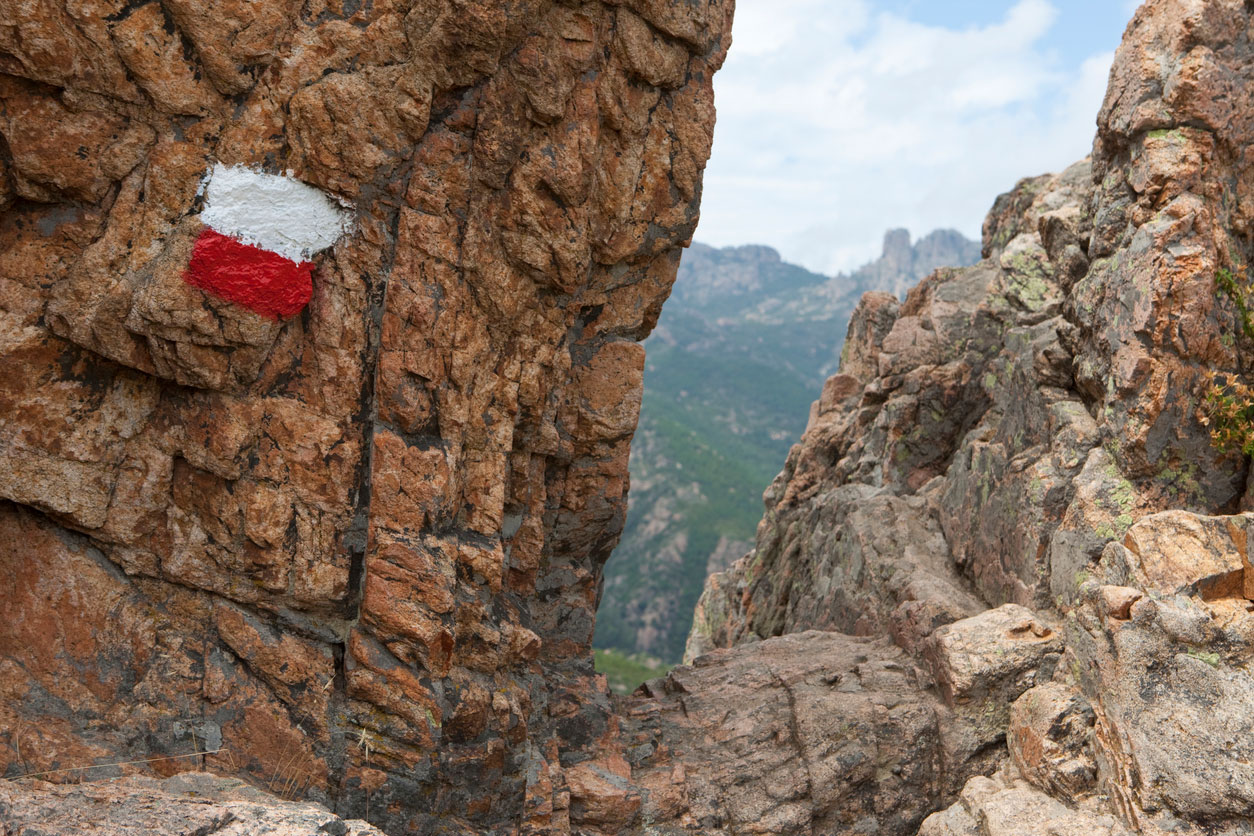
Choosing the Right Time to Visit
There's no right or wrong time for walking holidays in France really—it all depends on where you're heading, and what you're after. While we wouldn't suggest tackling the Tour du Mont Blanc in the depths of winter (unless you've got touring skis!) there are hikes in Provence that can actually be more pleasant in the colder months, when they're less sweaty, and less crowded.
"Cleverly, the French stagger some of their school holidays by region in order to avoid over-crowding in holiday resorts"
As a general rule, the walking and trekking season in France starts in May, and runs until October. French public holidays fall on fixed dates, which mean their long weekends vary from year to year. Check the calendar to know which weekends to avoid.
Cleverly, the French stagger some of their school holidays by region in order to avoid over-crowding in holiday resorts. The February half term, for example, falls on a different week depending on which 'zone' of France your school sits. It's still worth avoiding peak times like August or Christmas if you can, however.
Packing Essentials
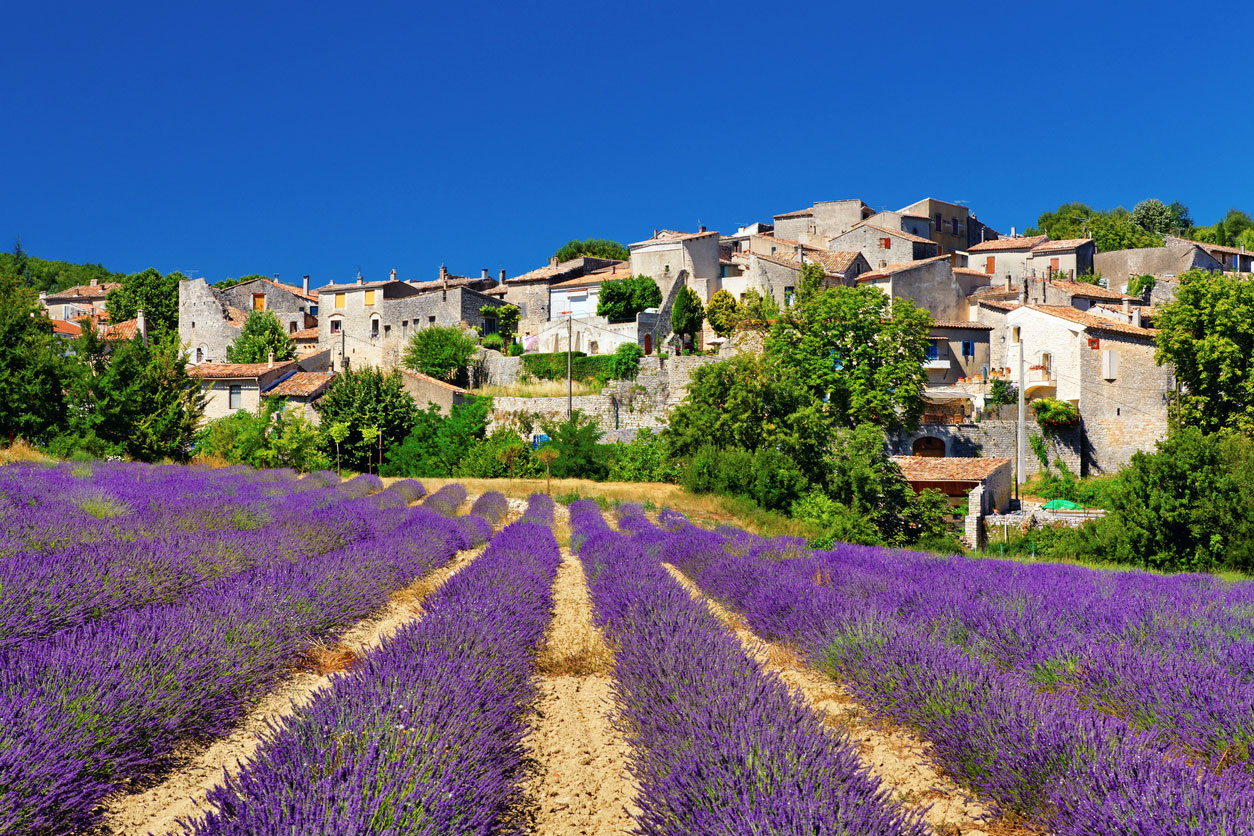
What to pack for a walking holidays in France depends on the sort of terrain you'll be tackling and the time of year you're going. Heading to the Alps in October? You'll want to pack a warm down jacket. If you're exploring the French riviera in July, you'll be a lot safer with shorts and a singlet.
This list is by no means exhaustive, but here are a few handy tips to start your thinking process.
• Walking boots or approach shoes are essential.
• While you'd hope to avoid rain, it's always worth having a good waterproof jacket. Short, sharp summer storms can still soak you!
• Trekking trousers are good idea.
• A lightweight fleece or mid-layer may well be useful, depending on the time of year.
• A hiking backpack, to fit all your kit into, is a must.
• Walking poles are strongly recommended, especially if you're heading to the Alps or the Pyrenees. They really help on steep descents.
• Sunglasses
• A sun hat or cap
• A reusable water bottle is essential.
• A first aid kit is always an excellent idea.



